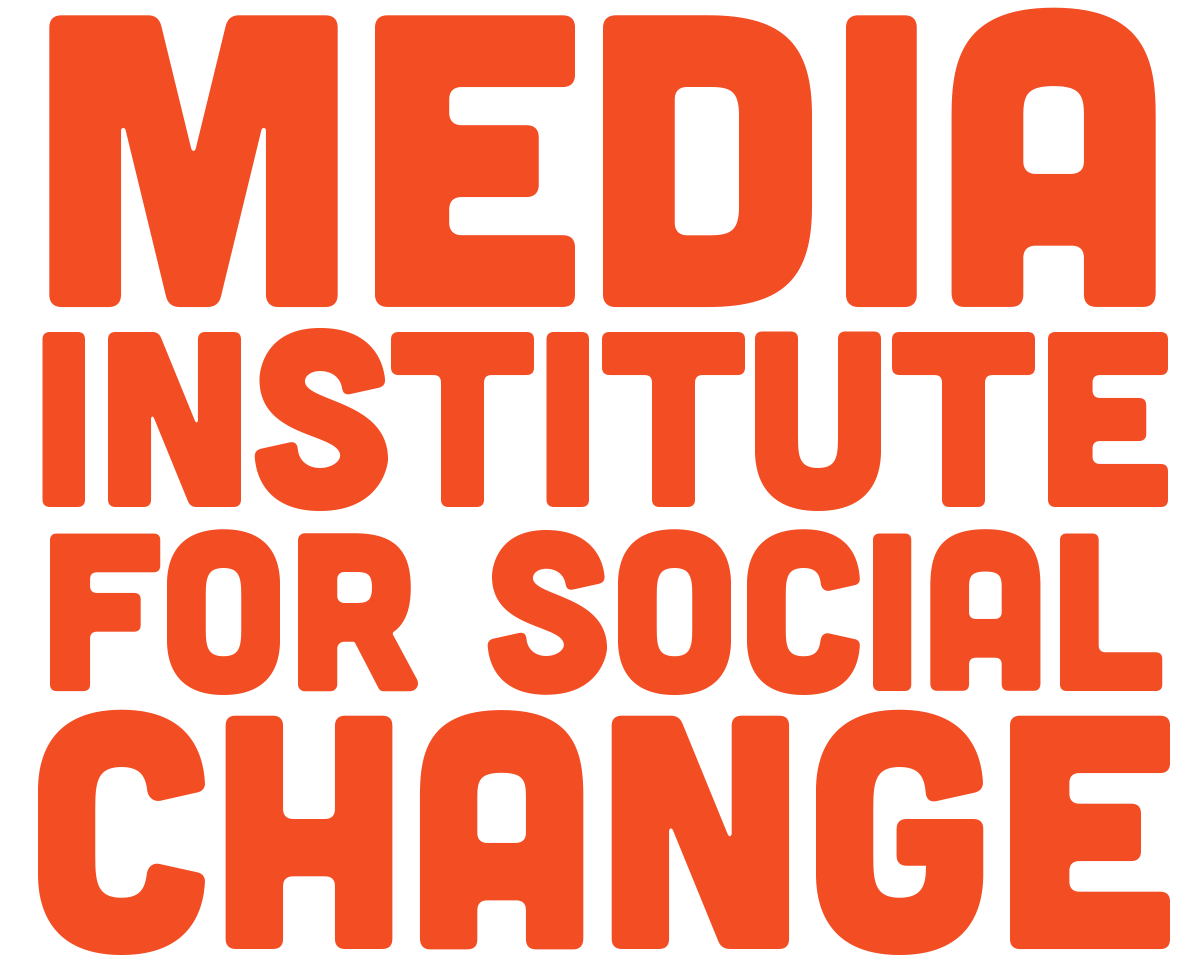There are only two tools you really need--duct tape, and WD40. When it comes to making media on a low budget, they come in handy. Earlier this week, Rose posed a quandary to the group. She asked us to design an updated logo for MISC, and to describe what social change through media meant, and how it can be applied to the organization. In a later conversation, Rose said that she felt like what we do at MISC is create “DIY punk media”. This phrase stuck with me. What is DIY punk media? What does that mean? I realized throughout the summer, “Do-It- Yourself” is exactly what we have been doing. The purposeful, DIY aspect of the Summer Documentary Program makes it attractive to students who have lived in a vacuum of bullet-point internships wrapped in neat packaging. When I first arrived at the program, I felt at home in this atmosphere. It was comfortable. By using community resources--from our homestays, using equipment from Portland Community Media, to hosting events designed for public space- MISC and its students are actively engaging in anticapitalist and anti-consumerist ideals. All we need to produce radio and create films is a story, borrowed equipment, and sometimes some duct tape. There’s no need to buy equipment or permanent spaces when those resources can be used for tech teach-ins, fostering relationships with our neighbors, and telling stories about Portland for Portlanders.
The idea of small-time community journalism taking precedent over corporate media wasn’t new to me, but I hadn’t been exposed to a serious media organization that was purposefully structured that way before starting the program. And turns out, there is a plethora of scholarly, peer reviewed articles on the subject. I found one that analyzed the Do-It- Yourself subculture of punk and how this culture manifests itself into many different aspects outside of music. The hands-on nature of DIY gives a sense of establishment and permanence to the piece we create. When the students made records for the Wage/Working jukebox, we knew that these were tangible. The independent and DIY aspect of punk is what fuels the culture. Being able to experience these stories with more than just sight and sound- being able to pick a story, interact with the jukebox, and be present with other people listening-makes these stories all the more important and impactful. These alternative media experiments are what make it punk media and what make it unique to our community.
Media, and the making of media, has taken new meaning for me. I see through the corporate guise of audience-attentive media. Media created, produced and distributed for wide consumption offers a watered down version of truth and doesn’t serve a community the way local media can. By producing local radio, film, newspapers and other forms of media, we can better serve our neighborhoods by telling stories about and for them. If we control the narrative, we control the social and political agenda(s). Through the Summer Documentary Program, I’ve learned that media doesn’t have to be in a professional setting to be relevant. We can take control of how we tell our stories; we’ve got all the tools we need already.
Cheers,
Trisha
